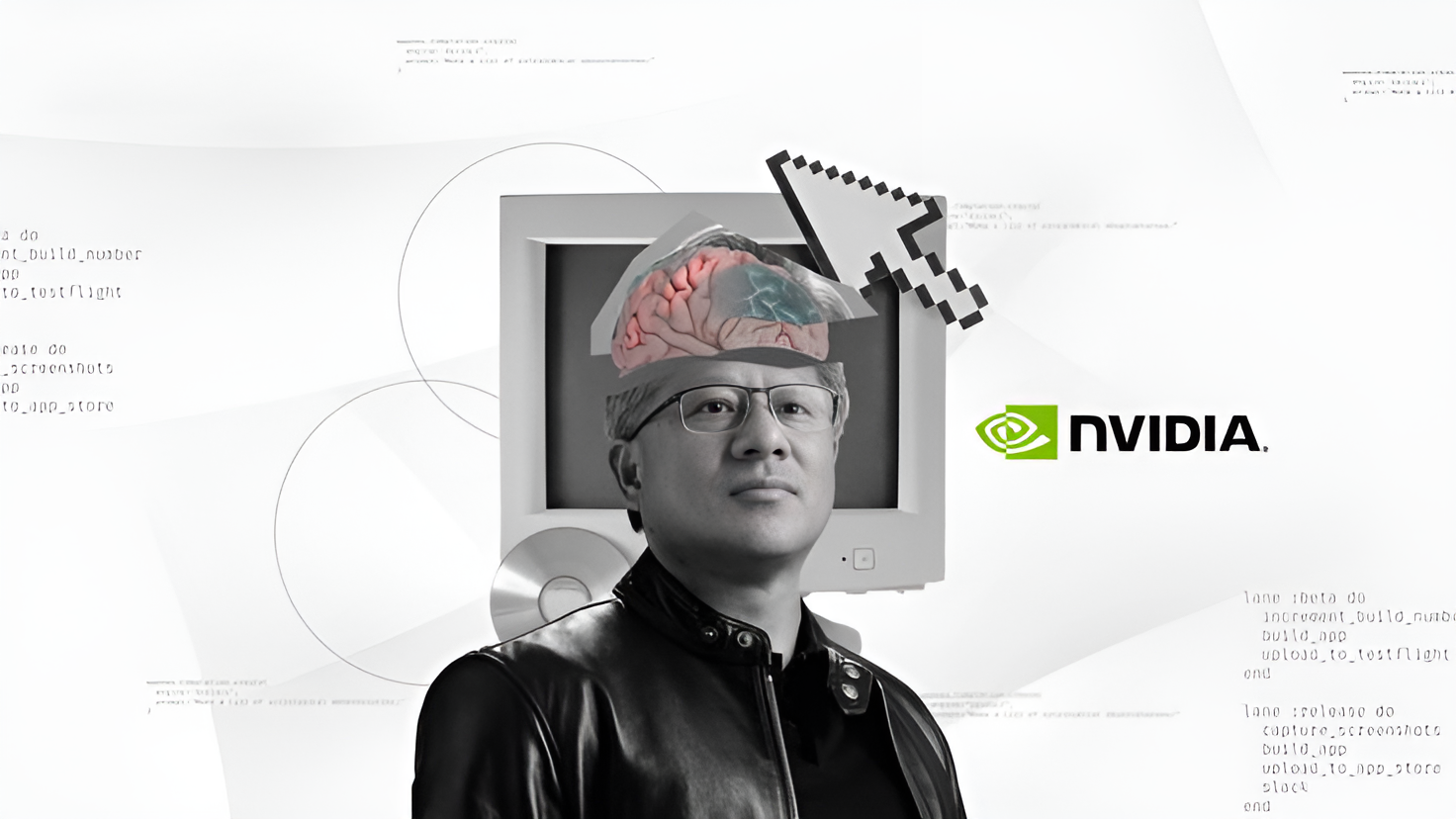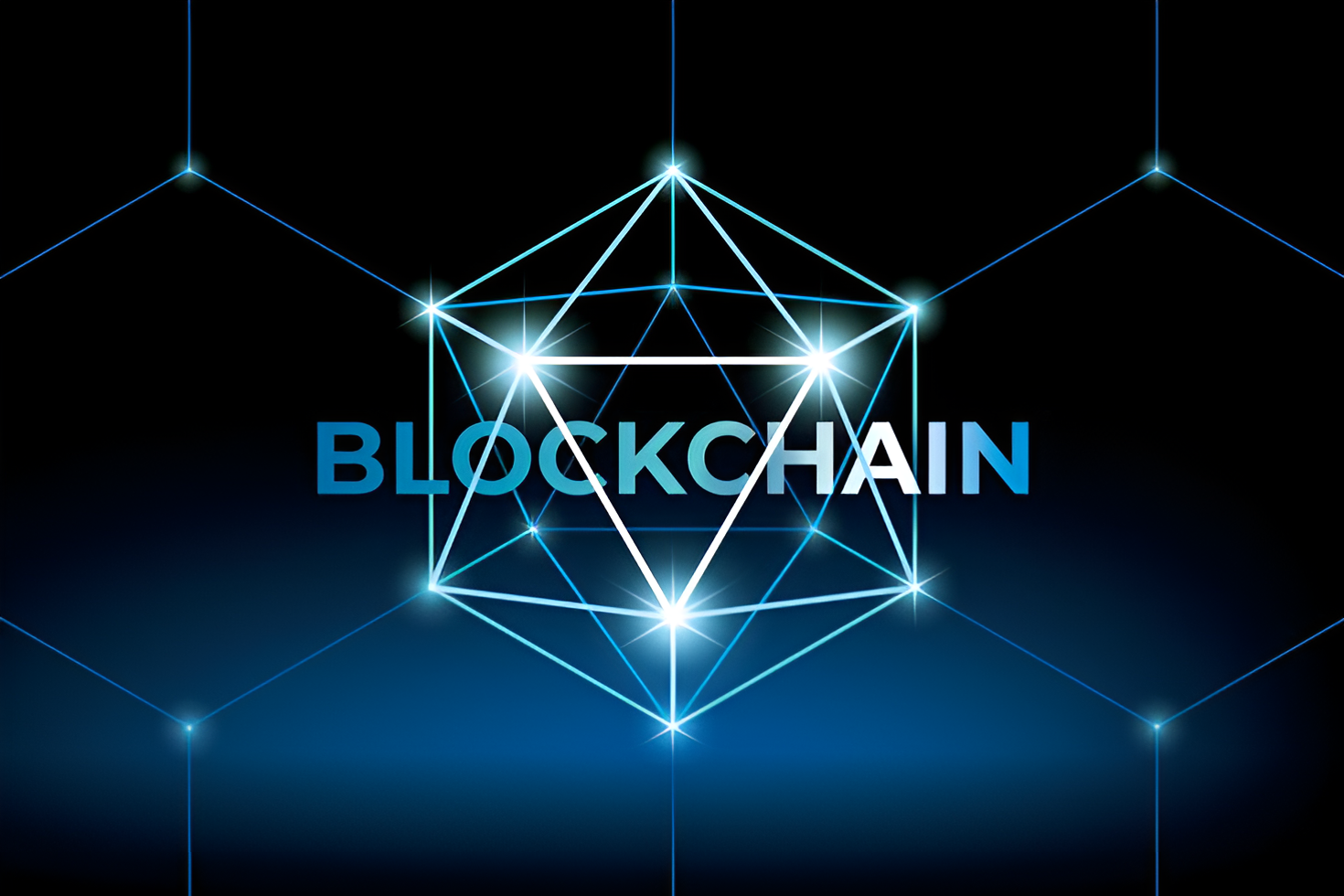SIEMs Missing the Mark on MITRE ATT&CK Techniques Analysis Report
5W1H Analysis
Who
The key stakeholder involved is CardinalOps, an organisation focused on cybersecurity. Additionally, the broader community of cybersecurity professionals and organisations that utilise Security Information and Event Management (SIEM) systems are implicated.
What
CardinalOps released a report indicating that many organisations are struggling to keep up with evolving cyber threats. A significant number of detection rules within their SIEM systems remain inactive, failing to adequately use MITRE ATT&CK techniques.
When
The report was published on 9th June 2025. The issues discussed have likely been pertinent throughout the year, as organisations constantly struggle with cybersecurity threats.
Where
The challenge is global, affecting organisations worldwide that employ SIEM systems to manage cybersecurity.
Why
The primary reason for the struggle includes the rapid evolution of cyber threats, making it difficult for organisations to update and effectively utilise their detection systems, thereby lagging in incorporating the latest threat intelligence techniques.
How
The inefficiency within SIEM systems is largely due to outdated or non-functional detection rules that fail to adjust to the MITRE ATT&CK framework, which is crucial for identifying and mitigating modern cyber threats.
News Summary
CardinalOps has highlighted a significant gap in the effectiveness of SIEM systems used by many organisations around the world. According to their latest report, these systems are failing to keep pace with the rapidly evolving cyber threats due to a substantial number of non-functional detection rules that do not adequately implement MITRE ATT&CK techniques. This issue underscores the need for continuous updates and a more strategic use of cybersecurity frameworks.
6-Month Context Analysis
In the past six months, there has been an increased frequency of cyber-attacks, leading to heightened scrutiny on cybersecurity measures. Several reports have similarly highlighted deficiencies in existing security infrastructures, emphasising the need for more dynamic and responsive systems. The challenges faced by SIEM systems have been a recurring theme as organisations attempt to integrate more predictive threat intelligence.
Future Trend Analysis
Emerging Trends
There is an emerging trend towards adopting more comprehensive threat assessment frameworks like MITRE ATT&CK, alongside AI and machine learning to automate and predict cybersecurity threats.
12-Month Outlook
In the next 6-12 months, organisations will likely prioritise enhancing their SIEM systems to integrate more sophisticated detection rules and MITRE ATT&CK techniques. This push will be driven by the necessity to preemptively counteract advanced persistent threats.
Key Indicators to Monitor
- Adoption rate of MITRE ATT&CK techniques within SIEM systems - Frequency of successful cyber attacks on organisations - Investment levels in cybersecurity technologies - Implementation of AI and machine learning in threat detection
Scenario Analysis
Best Case Scenario
Organisations successfully update their SIEM systems, leading to more effective threat detection and a significant decrease in successful cyber attacks.
Most Likely Scenario
Many organisations make incremental improvements to their SIEM systems, reducing certain vulnerabilities but still struggling with the rapid pace of threat evolution due to resource constraints.
Worst Case Scenario
Failure to update SIEM systems effectively results in increased vulnerability, potentially leading to significant data breaches and financial losses.
Strategic Implications
For cybersecurity professionals, staying abreast of advancements in threat intelligence frameworks such as MITRE ATT&CK will be crucial. Continuous training and investment in AI-driven tools will be vital for maintaining robust security postures.
Key Takeaways
- CardinalOps' report underscores widespread failings in current SIEM implementations globally, particularly in leveraging MITRE ATT&CK techniques.
- Staying ahead of evolving threats demands dynamic updates to detection rules.
- Organisations globally need to prioritise investment in next-generation cybersecurity technologies.
- There is a growing need for integrating AI and machine learning for enhancing cybersecurity frameworks.
- Monitoring and adaptation to new threat intelligence developments is essential for defending against modern threats.





















Discussion